Islamic State’s Dangerous Effort to Wipe Out Humanity’s Past
The militant group's destruction this week of the ruins of a temple in the ancient city of Palmyra is an attempt to reduce history to a mere digital memory, the epistemological equivalent of a LOLCats meme or a Vine prank.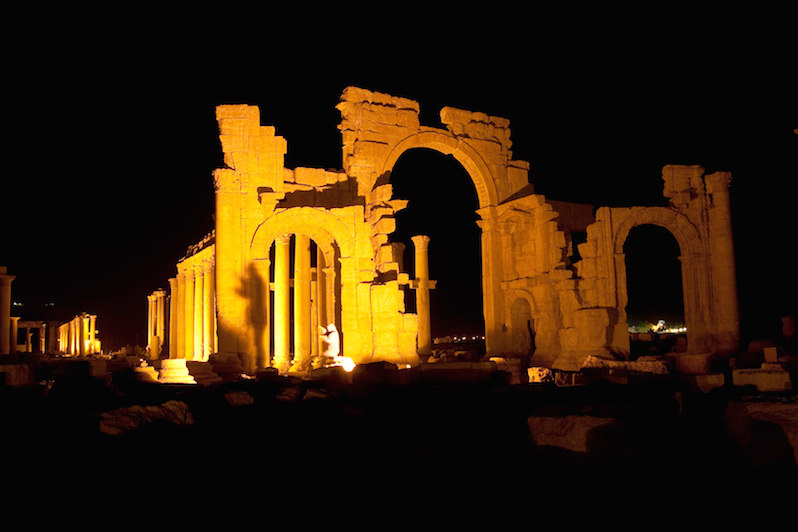 Ruins in the ancient city of Palmyra, Syria, before the country was plunged into civil war. (seb001 / Shutterstock)
Ruins in the ancient city of Palmyra, Syria, before the country was plunged into civil war. (seb001 / Shutterstock)
With a bloody record of beheadings, crucifixions, child conscription, sexual assault and innumerable other appalling atrocities to its name, it’s little wonder that the self-proclaimed Islamic State in Iraq and the Levant has earned a reputation in the Western media as “savage” and even “medieval.”
Although most of the so-called civilized nations — like the United States — have their own laundry lists of human rights violations to contend with, there is indeed something distinctly unmodern about Islamic State’s methods, something more visceral and immediate and therefore more terrifying than equally deadly U.S. drone attacks. Yet it would be a grave error to mistake its unmodernity for premodernity and to portray the group’s martial strategy as tragically or — worse — laughably retrograde. If anything, the group is creating paradigm shifts in the way wars are fought as well as in the way we view our distant past. Though its methods of killing may date back to the Bronze Age, its approach to information is positively post-postmodern.
In fact, the group’s willingness to destroy irreplaceable archaeological sites — like the ruins of ancient Palmyra — demonstrates a highly sophisticated approach to information warfare, which is far more dangerous than anything we have seen from al-Qaida, let alone from the Middle Ages.
Warfare has always had an informational dimension, from Thucydides’ attempt to chronicle the Peloponnesian War while its memory was still fresh in the fifth century B.C. to Matthew Brady’s battlefield photography during the American Civil War. The forms of media that surround warfare have always had both a reportorial component (bringing the battle home for contemporary audiences) and a strategic one (spreading disinformation, stoking nationalist passion and laying the groundwork for future histories). The two cannot be cleanly separated, which means that information itself can be understood as a tool of warfare — a weapon. Just as bronze swords gave way to bayonets and eventually to hydrogen bombs, informational weapons have also evolved over the ages.
During the first half of the 20th century — “modernity,” as cultural scholars refer to the period — the information tools of war broadened to include broadcast media. My field, communication studies, was founded in this era and was dedicated in part to understanding radio and its seemingly magical power to amplify and legitimize the hateful ideology of fascist leaders like Adolf Hitler. In the decades leading up to and following World War II, such tools were researched and honed into a dazzling arsenal that could serve a broad array of military and political needs, from propaganda films to subliminal messaging to Soviet samizdat to “border blaster” broadcasters, which South Korea has recently employed in the Demilitarized Zone. The information war in the modern era was over the “master narrative” — and, basically, whoever had the biggest, loudest, most compelling message won.
As world wars gave way to the Cold War, modernity was supplanted by postmodernity. In this era, the concept of the master narrative itself came under assault, and the cultural arena fractured into a thousand competing counter-narratives. Just as guerrilla warriors from Central America to Southeast Asia took to the jungle to confound standing army troops trained for field combat, postmodern information warriors staged media events to disrupt the top-down flow of information and to present their rival worldviews.
In the postmodern era, physical violence often served a primarily symbolic purpose, intended to break through the media clutter and capture national or international attention. In the U.S., these tactics were developed in part by dissident groups like the Black Panthers and the Students for a Democratic Society, and were often met not only with police and military force but also with sophisticated information weapons such as the FBI’s COINTELPRO initiative to surveil and infiltrate domestic political groups. Postmodern information warfare reached its apogee, arguably, in the attacks of Sept. 11, 2001, which French sociologist Jean Baudrillard famously called a “pure event” whose function was almost solely symbolic. The people who died in those attacks, he and others argue, were merely collateral damage. The real violence occurred in the form of the endlessly looping televised footage of the World Trade Center burning like a pair of candlesticks, and the credence it gave to the West’s millennialist fantasy of its own immolation at the hands of its polar opposite and ideological doppelgänger. The attack was, in Baudrillard’s typically terse and opaque language, an example of “triumphant globalization fighting with itself.”
Some commentators have put Islamic State’s information tactics in the same basket as al-Qaida’s, suggesting that, because the organization’s horrific beheading videos have a capacity to go “viral” and become endlessly recirculated on the Internet, they are merely an updated version of the same tactic that informed the 9/11 attacks. I believe this interpretation is almost as dangerously naive as the claim that Islamic State’s members are medieval throwbacks or ignorant savages.The true nature and violence of Islamic State’s information strategy can be demonstrated by what is not seen. Again and again, the group has gone out of its way to do what no political or ideological force has done in the region for millennia: destroy historical artifacts, thereby erasing history itself. The beheading videos and other mediated threats are merely a distraction or, at most, a recruiting tool. But Islamic State is apparently not interested in becoming yet another contestant in the increasingly crowded field of mediated symbolic violence. Instead, it is committing violence against information itself, breaking the tenuous thread that connects our species to its own past and thereby dooming us collectively to repeat the tragedies of history.
This week’s destruction of the ancient city of Palmyra is only the latest in a long string of such attacks by Islamic State on ruins, artifacts and UNESCO-anointed sites of “world heritage.” This accomplishes at least two goals for the group, above and beyond the shock value of the news coverage. First, it is a direct challenge to the cultural authority of UNESCO, and by extension, the United Nations itself. “Fuck your heritage,” Islamic State seems to be saying. “We, and we alone, will decide what gives this land its value and its meaning.”
Second, by blasting Palmyra to dust and thereby consigning it to a mere digital memory, the militant group reduces history to an abstraction, the epistemological equivalent of a LOLCats meme or a Vine prank. Even relatively recent and traumatic historical events like the Holocaust or the sexual enslavement of Korean “comfort women” by the Japanese military during World War II are routinely denied today by influential and powerful politicians and revisionist historians. Without physical evidence such as the camps at Auschwitz, how could a 20-year-old — or a 50-year-old, for that matter — be blamed for choosing to believe one version of history over another?
As Islamic State blasts its way across the cradle of civilization, destroying one irreplaceable artifact after another, it inches ever closer to victory. Not a symbolic, postmodern victory in which its narrative wins out over all the other competing narratives in the media. Instead, such a victory would be a far more totalizing one in which what is lost can never again be found. A victory in which humanity’s vision of progress itself, etched into the archeological record, becomes nothing more than a suspicious rumor. To sever the already slim connection we possess to our shared history is the species-wide equivalent of snapping the spinal cord at the neck. The real threat here is permanent, devastating cultural paralysis, a fate worse than death. We cannot let it happen.
Your support matters…Independent journalism is under threat and overshadowed by heavily funded mainstream media.
You can help level the playing field. Become a member.
Your tax-deductible contribution keeps us digging beneath the headlines to give you thought-provoking, investigative reporting and analysis that unearths what's really happening- without compromise.
Give today to support our courageous, independent journalists.
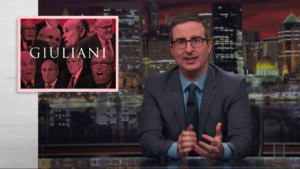


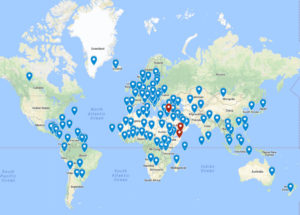
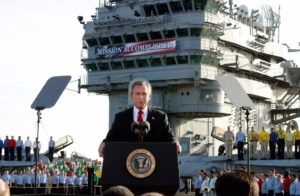
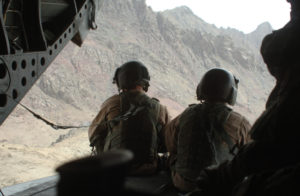
You need to be a supporter to comment.
There are currently no responses to this article.
Be the first to respond.